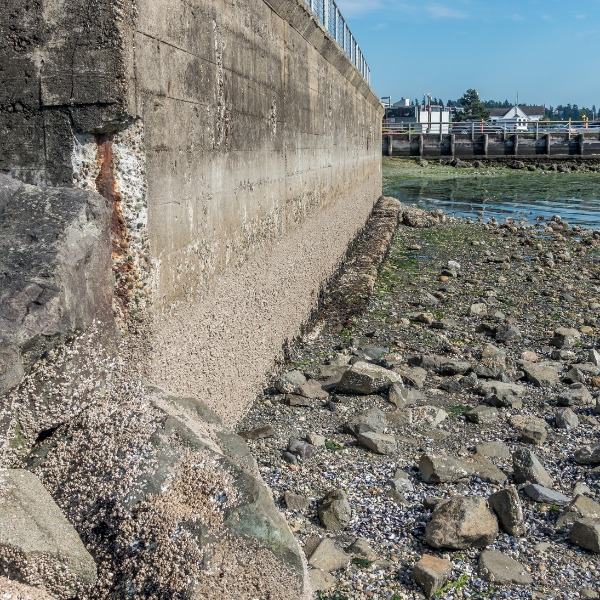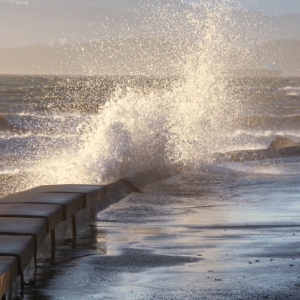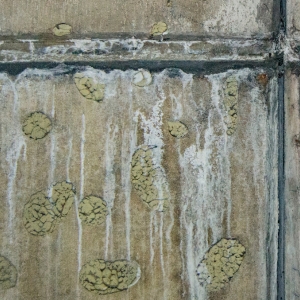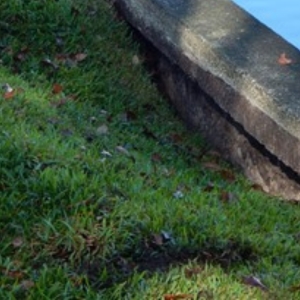Undermining or Tidal Seawall Washout FAQs
Yes. Soft or sinking soil after a storm usually means tidal water has carried soil out from beneath the wall. LUX Foundation Solutions inspects your seawall and uses polyurethane grout injection to fill underground voids, compact the soil, and stop washout before it worsens.
Those small holes are often early signs of undermining, where tidal water is eroding the soil from underneath. Our team repairs this using polyurethane grout injection, which fills those voids and stabilizes the structure — preventing further erosion and shoreline collapse.
In Palm Coast, frequent tidal changes and sandy coastal soil make seawalls prone to washout. Water slipping through cracks or joints gradually removes soil. LUX repairs this by injecting expanding polyurethane foam behind the wall, creating a watertight, compact base that resists future soil movement.
If you notice small depressions, water pooling, or gaps between your yard and seawall, tidal washout has likely begun. LUX Foundation Solutions performs detailed inspections using moisture detection and pressure testing to confirm the problem, then restores stability with long-lasting polyurethane soil stabilization.
Ignoring early signs like soft soil, gaps, or sinking ground behind your seawall can lead to serious structural failure. Over time, continued washout removes the wall’s foundation support, causing cracks, leaning, or collapse. LUX Foundation Solutions prevents this with polyurethane grout injection, which fills voids, stabilizes soil, and restores strength before costly damage occurs.





